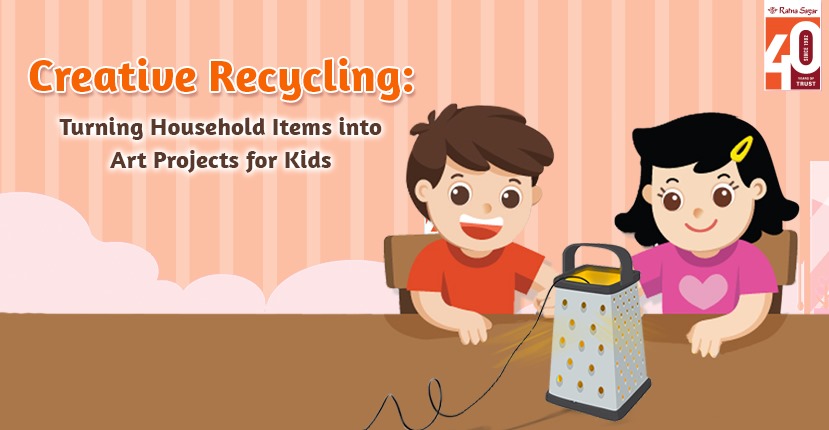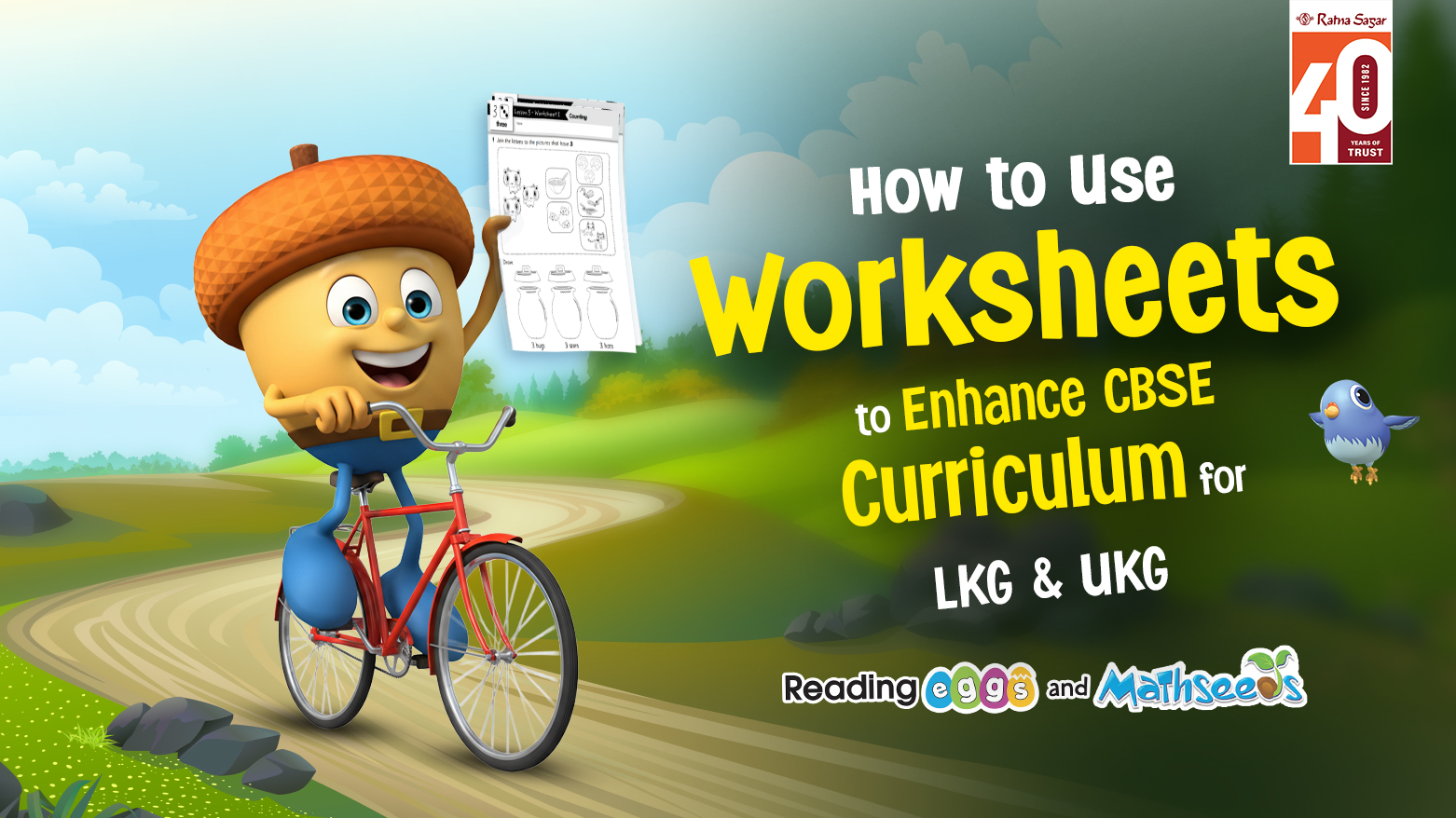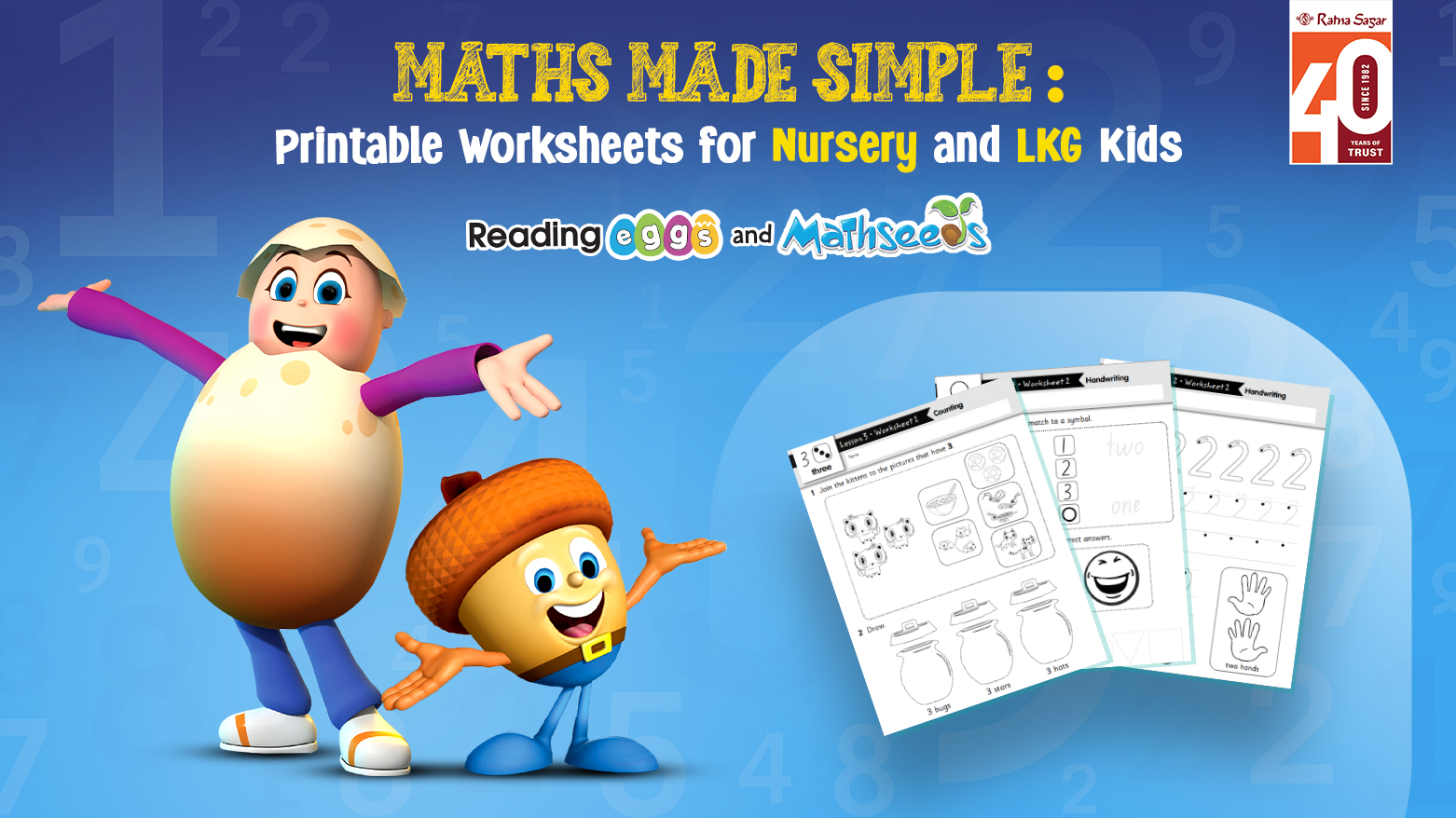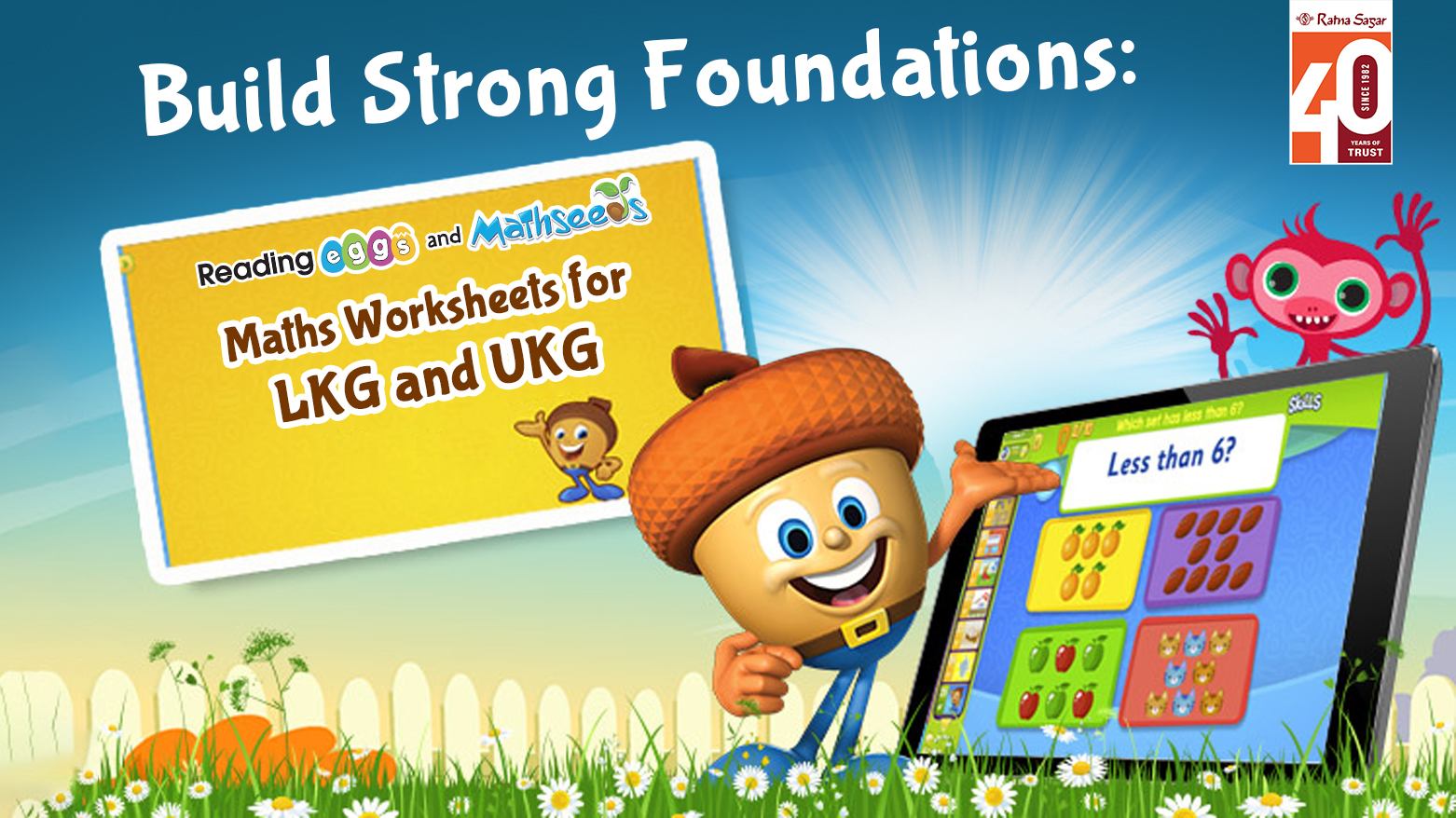Creative Recycling: Turning Household Items into Art Projects for Kids
Kids are always seeking fun and engaging activities. Incorporating art projects into their playtime is a wonderful way to keep them entertained and creative. Creative recycling is one such activity that provides a fantastic opportunity to engage kids in creative and educational activities. By transforming everyday household items into unique art projects, you can inspire children to see the beauty in repurposing and reducing waste. Here are some detailed and imaginative ideas to kickstart your creative recycling journey with kids.
- Carton Creatures
Cartons, often discarded after use, can be turned into an array of delightful creatures. This project allows kids to explore their creativity and fine motor skills. You may start by asking the kids about their favourite animals or which animal they would like to draw.  Materials Needed:
Materials Needed:
- Empty cartons
- Acrylic paints and brushes
- Craft glue
- Googly eyes
- Pipe cleaners
- Markers
Instructions: Cutting: Start by cutting the carton into individual shapes as required. Painting: Let the kids paint each shape in their favourite colours. Encourage them to mix colours and create patterns. Decorating: Once the paint is dry, glue on googly eyes. Use markers to draw additional facial features or patterns. Adding Details: Attach pipe cleaners as legs, antennae or tails by poking small holes and threading them through. Assembling: Kids can combine multiple cups to create multi-sectioned insects or other fantastical creatures.
Book 7 days FREE trial For Reading Eggs with Ratna Sagar
2. Toilet Paper Roll Binoculars Turn empty toilet paper rolls into binoculars, perfect for a backyard safari or imaginative playtime. 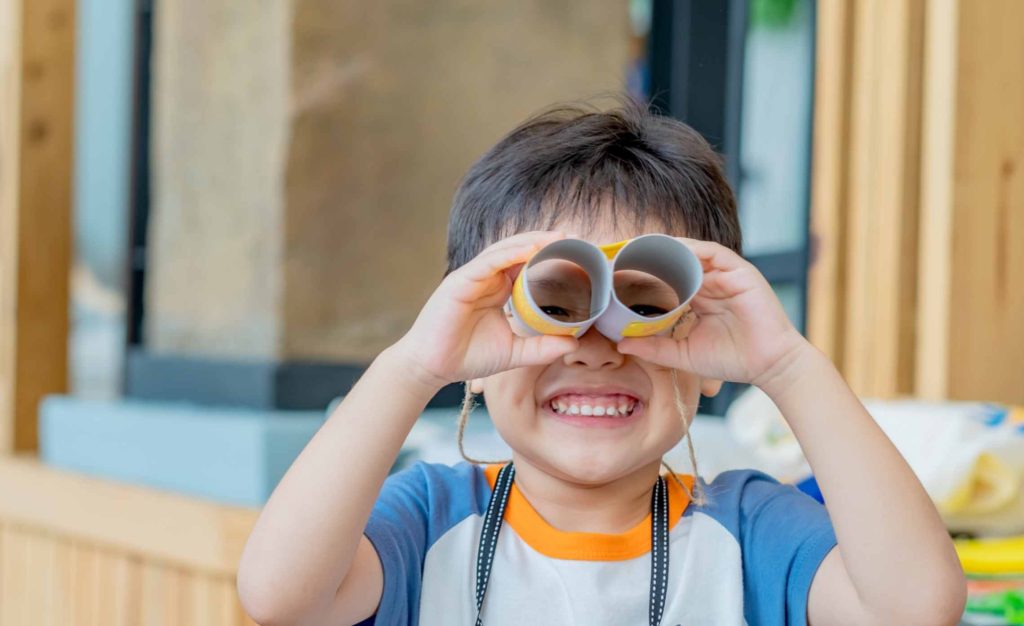 Materials Needed:
Materials Needed:
- Two empty toilet paper rolls
- Yarn or ribbon
- Acrylic paints and brushes
- Craft glue
- Decorative stickers and embellishments
Instructions: Painting: Have the kids paint the toilet paper rolls and let them dry completely. Glueing: Glue the rolls together side by side. Hold them in place until the glue sets. Strap: Attach a piece of yarn or ribbon to both sides to create a neck strap. Decorating: Use stickers, markers and other embellishments to personalise the binoculars. Exploring: Encourage the kids to use their new binoculars to explore the outdoors, sparking curiosity about nature.
Book 7 days FREE trial For Reading Eggs with Ratna Sagar
3. Bottle Cap Magnets Old bottle caps can be transformed into vibrant and functional magnets, perfect for the refrigerator or a magnetic board. 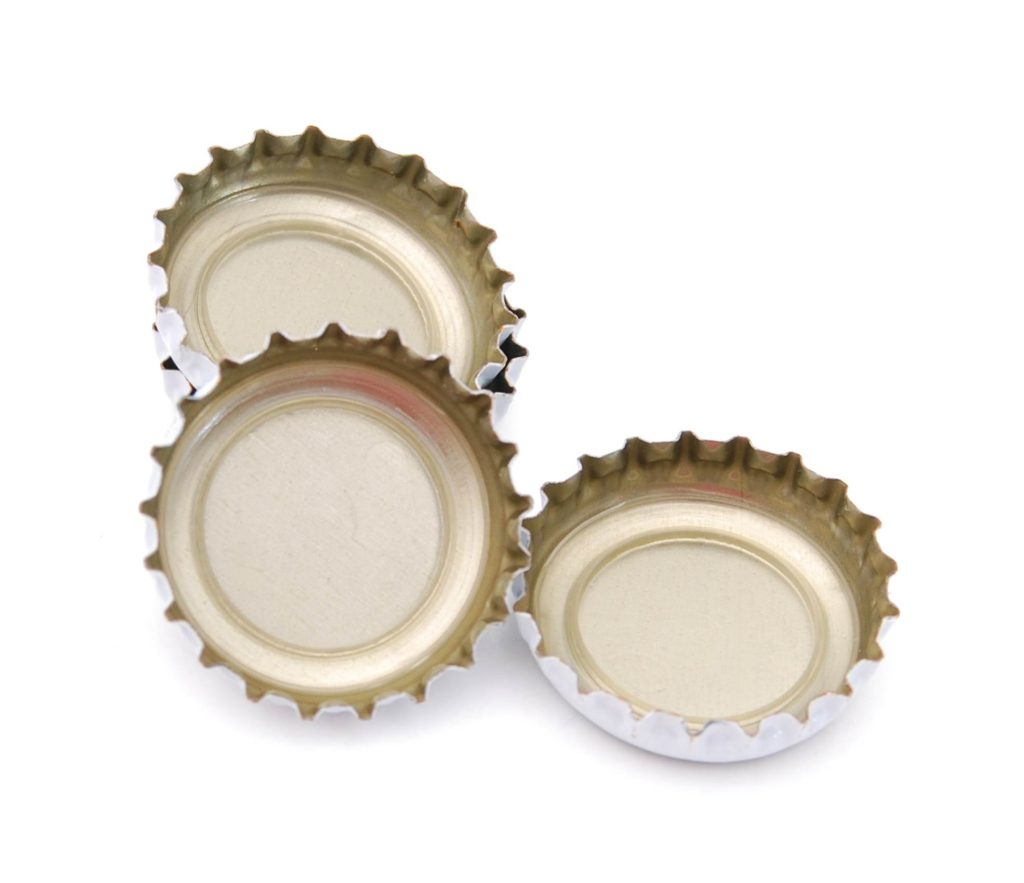 Materials Needed:
Materials Needed:
- Metal bottle caps
- Small round magnets
- Acrylic paints and brushes
- Decorative beads, buttons and sequins
- Strong adhesive glue
Instructions: Painting: Paint the inside and outside of each bottle cap in bright colours. Decorating: Once the paint is dry, glue small beads, buttons or sequins inside the caps to create unique designs. Magnet Attachment: Attach a small round magnet to the back of each bottle cap using strong adhesive glue. Displaying: Use the finished magnets to display artwork, notes or photos on the refrigerator.
Book 7 days FREE trial For Reading Eggs with Ratna Sagar
4. Plastic Bottle Planters Plastic bottles can be repurposed into charming planters, teaching kids about recycling and gardening simultaneously. 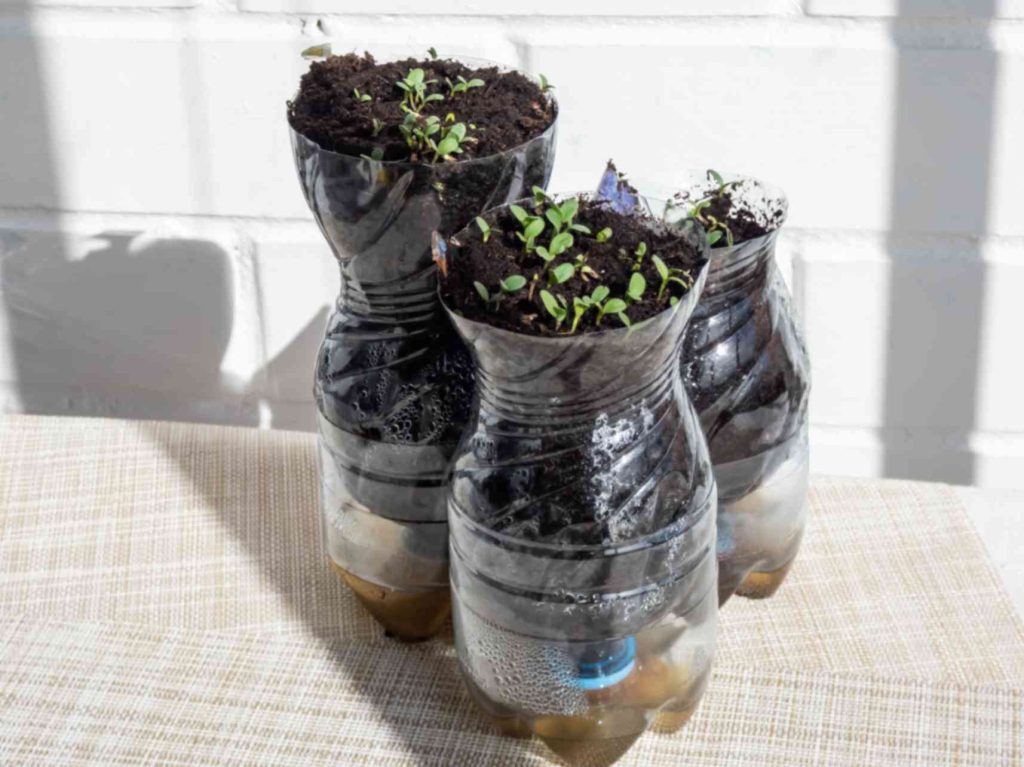 Materials Needed:
Materials Needed:
- Empty plastic bottles
- Scissors or a craft knife
- Acrylic paints and brushes
- Potting soil
- Small plants or seeds
Instructions: Cutting: Cut the plastic bottles in half and discard the top portion. Painting: Paint and decorate the bottom halves of the bottles. Planting: Fill the painted bottles with potting soil and plant seeds or small plants. Caring: Place the planters in a sunny spot and water them regularly. This project helps kids learn about plant growth and responsibility.
Book 7 days FREE trial For Reading Eggs with Ratna Sagar
5. Newspaper Collage Art Transform old newspapers into stunning collage art pieces that tell a story or create an abstract masterpiece. 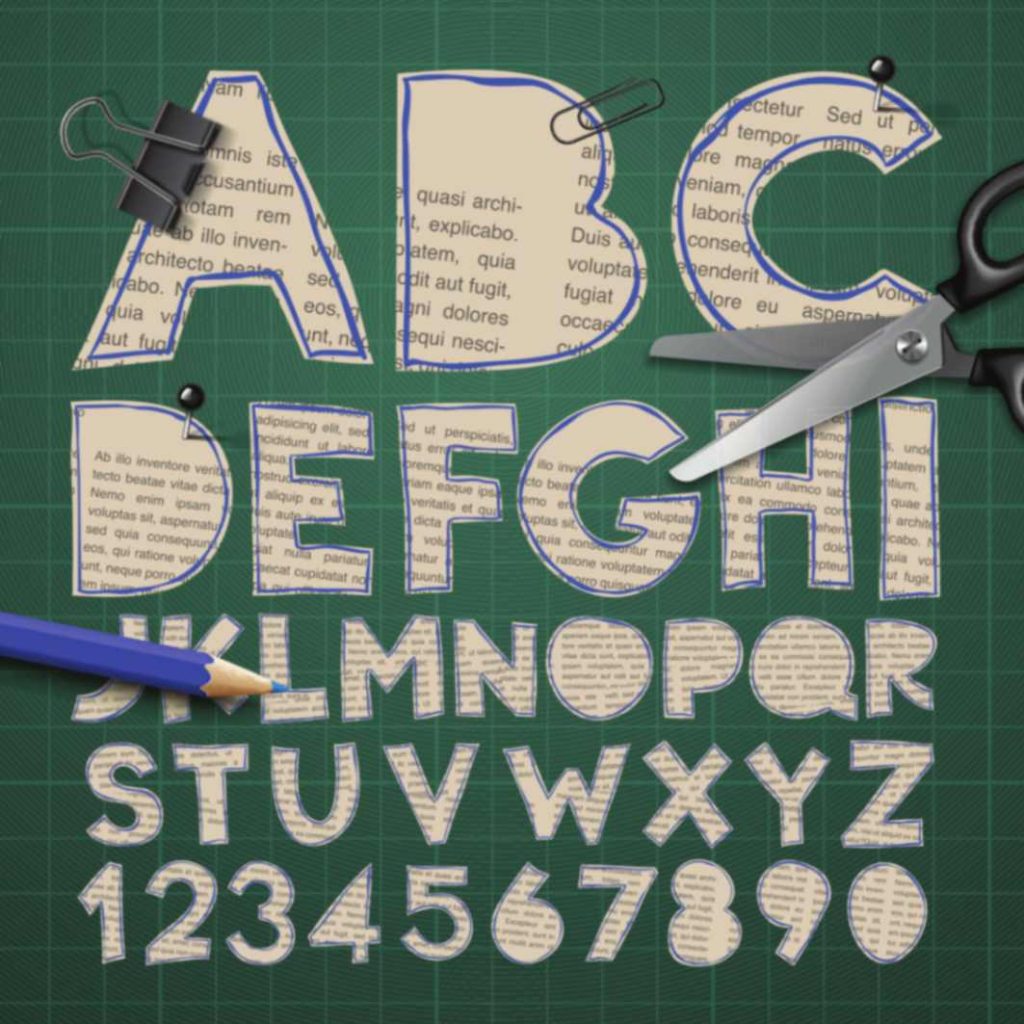 Materials Needed:
Materials Needed:
- Old newspapers
- Scissors
- Glue stick
- Large piece of construction paper or canvas
- Markers or coloured pencils
Instructions: Cutting: Cut out interesting images, headlines and text from the newspapers. Arranging: Arrange the cutouts on the construction paper or canvas to create a collage. Experiment with different layouts and themes. Glueing: Once satisfied with the arrangement, glue the pieces in place. Enhancing: Use markers or coloured pencils to add details or backgrounds to the collage. Displaying: Hang the completed collage in a prominent place to showcase the kids' creativity.
Book 7 days FREE trial For Reading Eggs with Ratna Sagar
6. CD Suncatchers Old CDs can be given a new life as dazzling suncatchers, reflecting light beautifully and adding a touch of sparkle to any room. 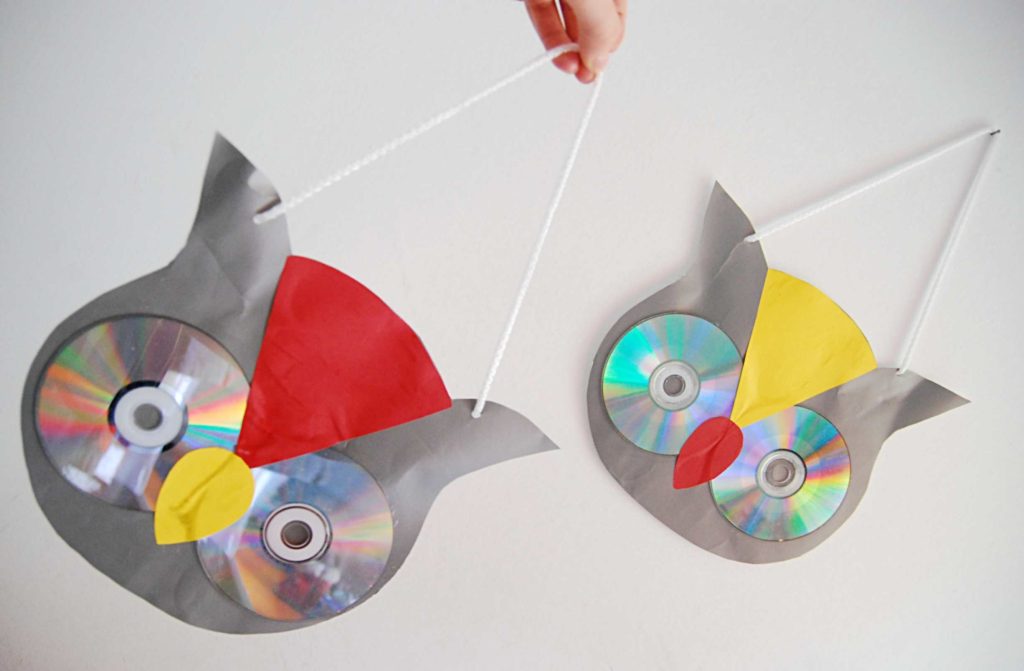 Materials Needed:
Materials Needed:
- Old CDs
- Acrylic paints and brushes
- Craft glue
- String or ribbon
- Beads and other decorative items
Instructions: Painting: Paint the shiny side of the CDs with colourful designs, patterns or abstract art. Decorating: Glue beads and other decorative items around the edges or in the centre. Hanging: Attach a string or ribbon through the hole in the centre of the CD to create a hanger. Displaying: Hang the suncatchers in a sunny window to catch and reflect light, creating beautiful patterns.
Book 7 days FREE trial For Reading Eggs with Ratna Sagar
Recycling household items into art projects not only sparks creativity in children but also teaches them the importance of sustainability and environmental responsibility. These activities instil environmental responsibility by teaching kids about waste reduction, resource conservation and the importance of recycling. They encourage resourcefulness and problem-solving, fostering creative thinking, adaptability and confidence. By enhancing sensory experiences with diverse textures and materials, these projects support cognitive development and make learning immersive. Additionally, they integrate educational value, seamlessly combining learning about recycling and material properties with fun, hands-on activities. Recycled material projects are cost-effective, promoting budget-friendly creativity and financial responsibility, making artistic expression accessible to all. They also foster an emotional connection to the finished projects, instilling pride, a sense of accomplishment and a positive self-image, while highlighting the value of individual contributions to environmental impact. These projects are just the beginning—encourage kids to look around their homes and think of new ways to reuse and repurpose everyday items. Happy crafting!
